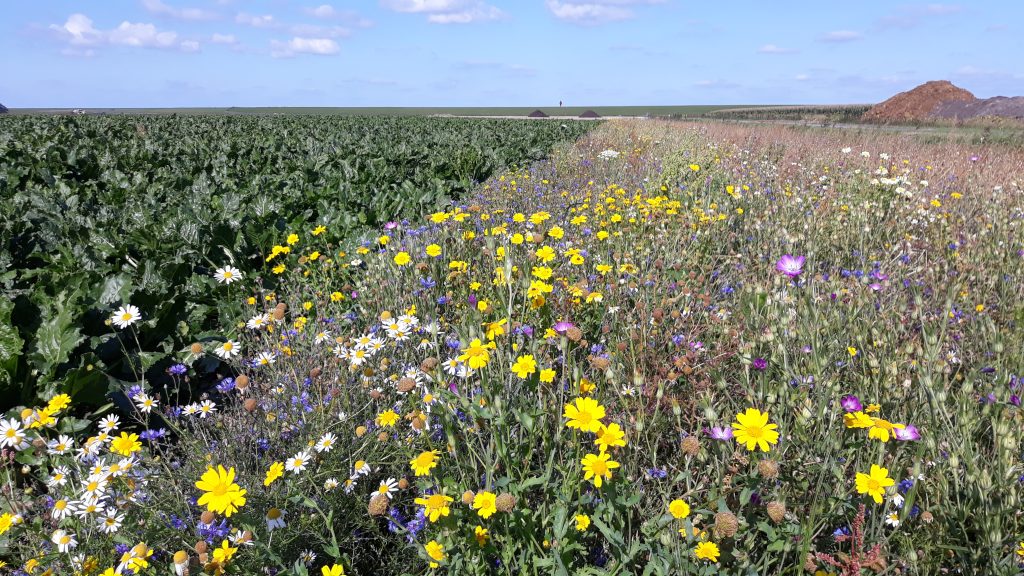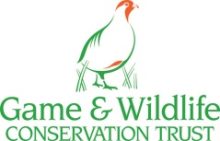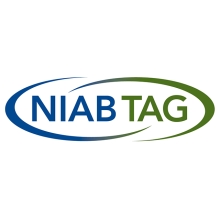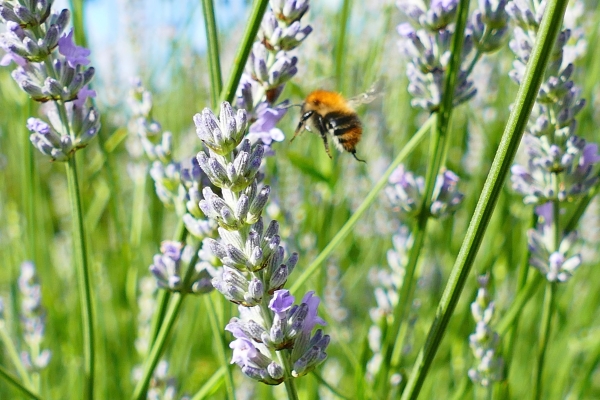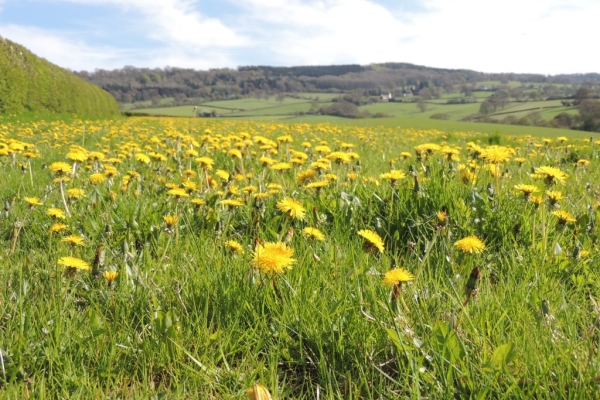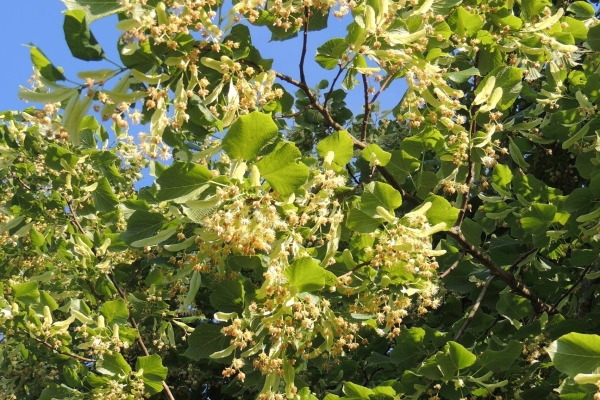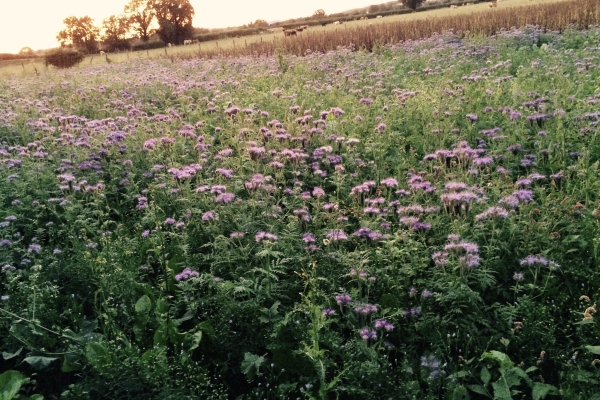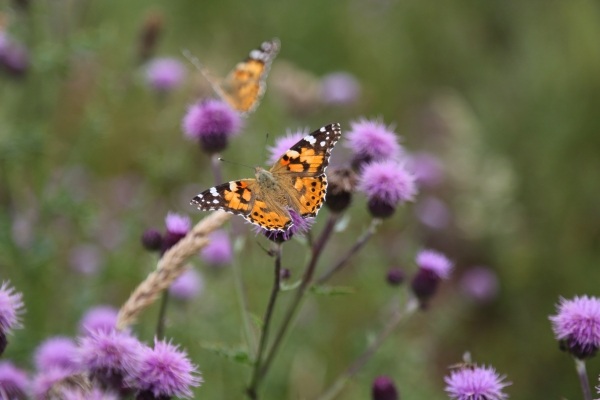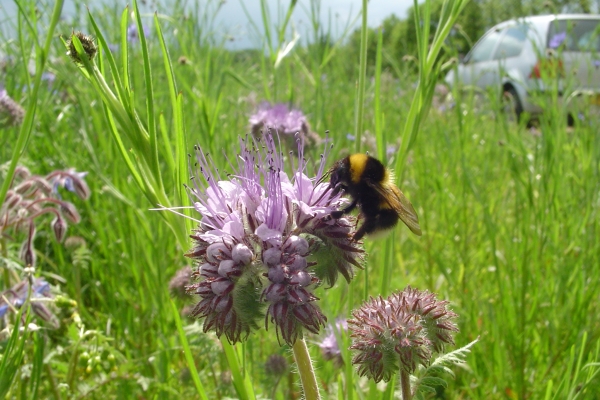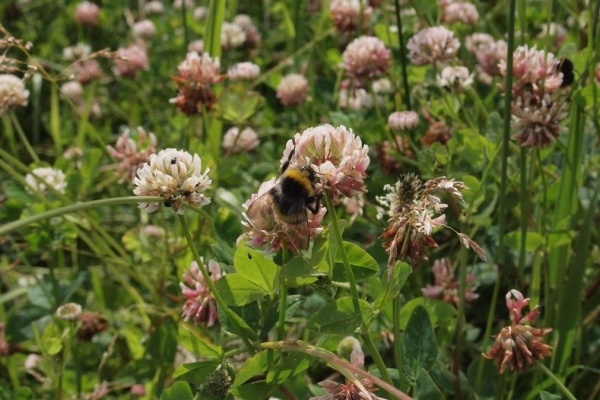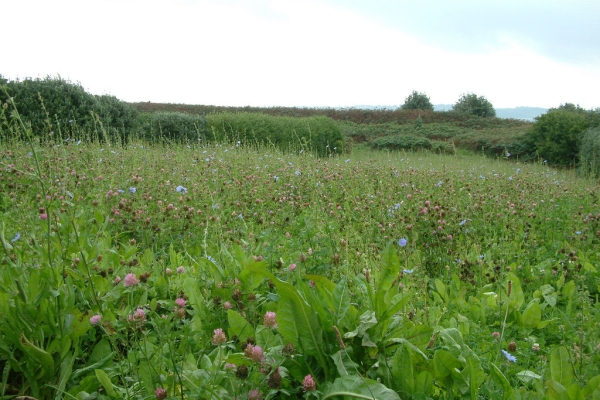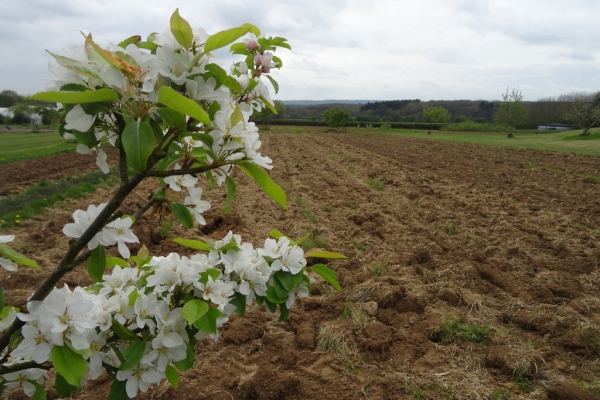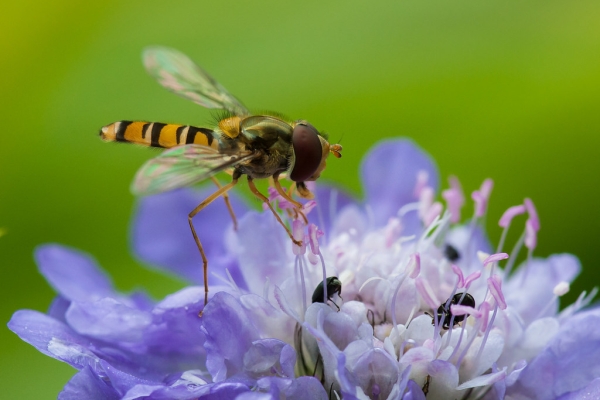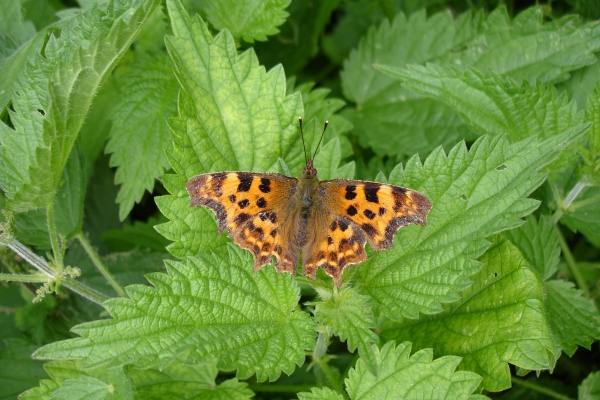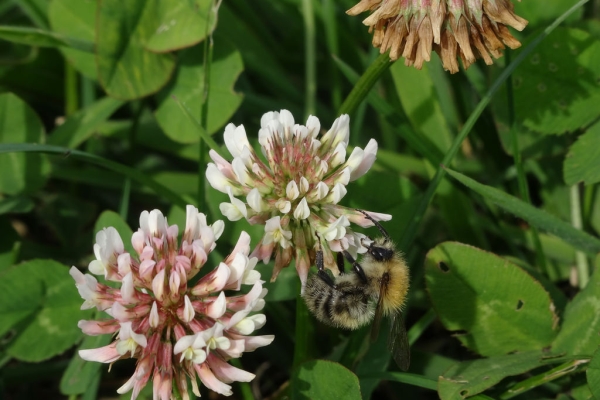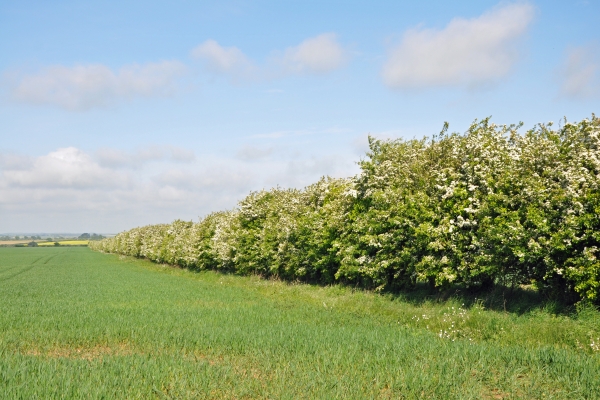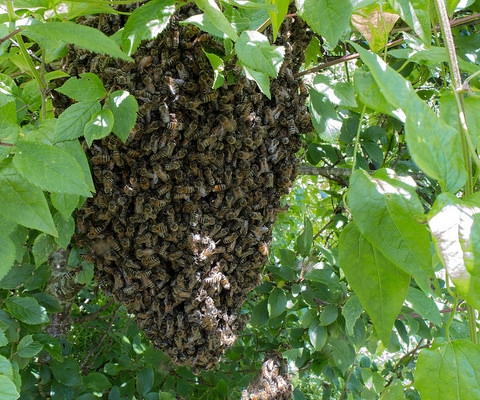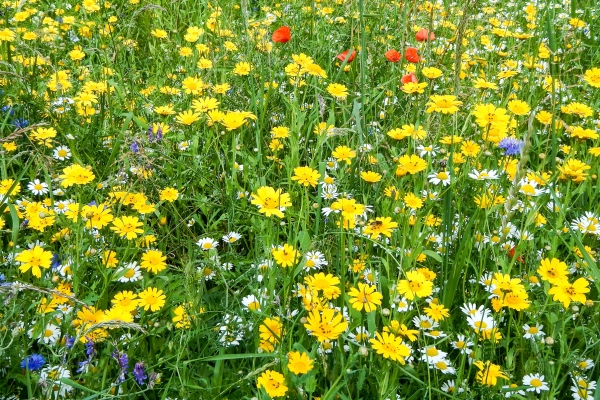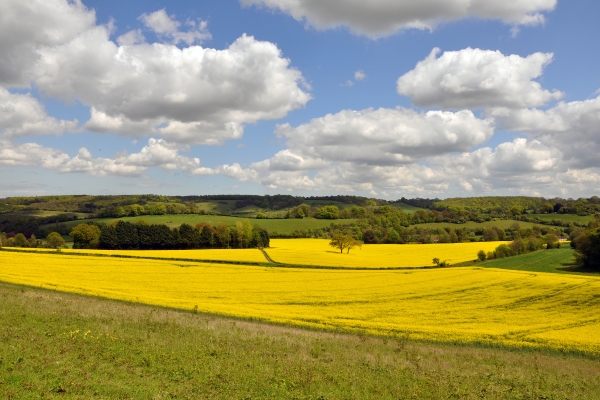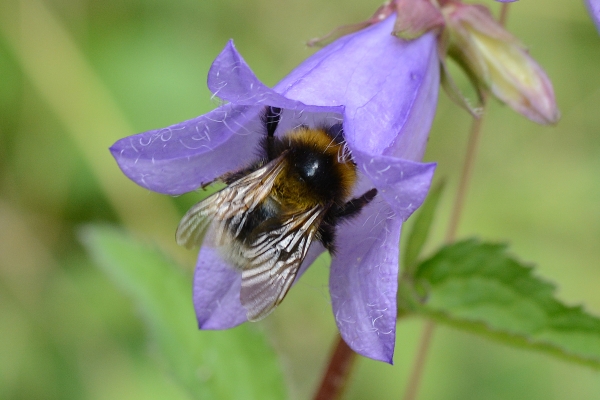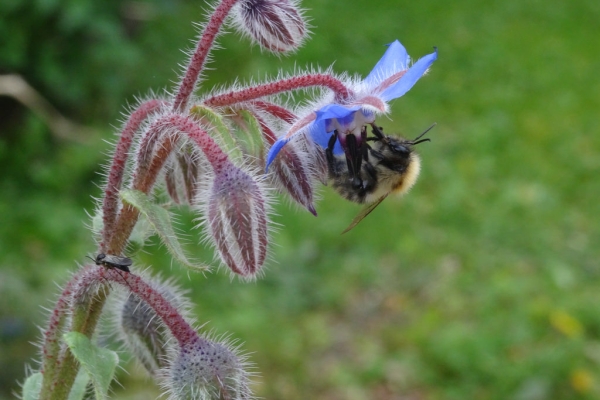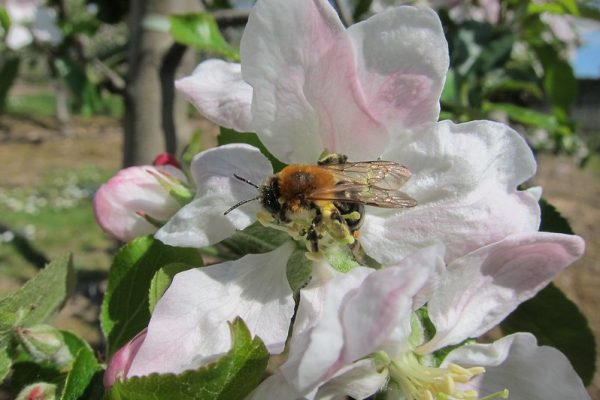BEESPOKE
Project Background
Across the world insects are the most important pollinators of flowering plants including many edible crops and wild plants. They therefore play a crucial role within natural and agricultural ecosystems; ensuring plants can produce seeds and fruit upon which so many species depend (including ourselves), and ensuring their survival from year to year. For some crops this role is performed by managed honeybees, but there are many more types of wild pollinating insects which are even more important i.e. bumblebees, solitary bees and hoverflies. There is alarming evidence that numbers of wild pollinators are declining and the range of many species is contracting, putting crops, wild plants and ecosystems at risk.
The North Sea Region (NSR) is no exception and was identified as having very low pollination potential leading to a pollination ‘gap’ or deficit that has implications for farm incomes and food security. In the EU, insect pollination is valued at 15 Billion EUR, there are therefore considerable economic gains to be made from ensuring wild pollinators are preserved and enhanced to ensure optimum pollination. In the NSR, wild pollinators, being more cold-tolerant and efficient pollinators than honeybees, are particularly important. Almost 1 in 10 species of bee are considered threatened and a further 5% near threatened. 150 species are declining (7.7%) and 244 species are stable (12.6%), however, for 1535 species in the EU (79%), there is no long-term data. More widespread and detailed monitoring is needed to keep track of their trends. With fewer species in northern than southern Europe, there is less robustness in the pollinator community to such losses, further emphasising the importance of protecting the remaining species and populations.
BEESPOKE brings together a wide range of partners from policy makers, research institutes, advisory and end users from 7 NSR countries to develop new products and approaches to increase the diversity of insect pollinators and crop yields by 10%.
Project partners:
- UK: Game & Wildlife Conservation Trust (lead), NIAB EMR, University of Kent
- Belgium: Vlaamse Landmaatschappij, University of Ghent, Inagro VZW
- Netherlands: Provincie Fryslân, Van Hall Larenstein, University of Applied Sciences, Cruydt-Hoeck, Agrarisch Collectief Waadrâne
- Denmark: University of Copenhagen, HortiAdvice Scandinavia A/S
- Germany: Carl von Ossietzky Universität Oldenburg, Grünlandzentrum Niedersachsen / Bremen
- Sweden: Sveriges Lantbruksuniversitet, Kiviks Musteri AB
- Norway: Norwegian Centre for Organic Agriculture
There are many potential causes for the declines in pollinators, including climate change, pesticides, urbanisation and loss of flower-rich habitats, but no clear scientific evidence regarding the importance of each of these. One of the most important landscape changes has been the loss of flower-rich grassland as farmers have switched from hay to silage for livestock. Putting small amounts of such habitat back in the landscape has proven to help boost numbers of pollinators. In the UK, providing just 2.2% flower-rich habitats doubled the numbers of nests of four bumblebee species in agricultural areas.
Provision of more flower-rich habitat has been seen as a way to help pollinators throughout European agri-environment schemes in recent decades. Uptake of such schemes has however been low, with pollinator conservation being the motivation rather than recognition of enhancement of crop productivity, and the aim of these schemes are typically to boost overall numbers of pollinators and insects using standardised wildflower seed mixes. They may not contain the types of plant species needed to support the required pollinators of a particular crop. Consequently, more targeted seed mixes may be needed.
We don’t always know which are the best pollinators for crops and how much they contribute to improving yield or quality. There is still much to do in terms of quantifying the value of pollination and the cost of increasing this ecosystem service. There is evidence that pollination is below the optimum due to insufficient numbers of honeybees and wild pollinators. The types of pollinators which are most efficient varies with crops; for some it is bumblebees, for others, solitary bees. There are also differences in which plant species, individual species, and groups of pollinators prefer to forage upon, depending on their anatomy i.e. long-tongued bumblebees can reach the nectar of flowers with long corollas, whilst solitary bees with short tongues need more simple, open structured flowers. Across all countries, farmers are typically unaware of their crop pollination levels or how to encourage the right types of pollinators.
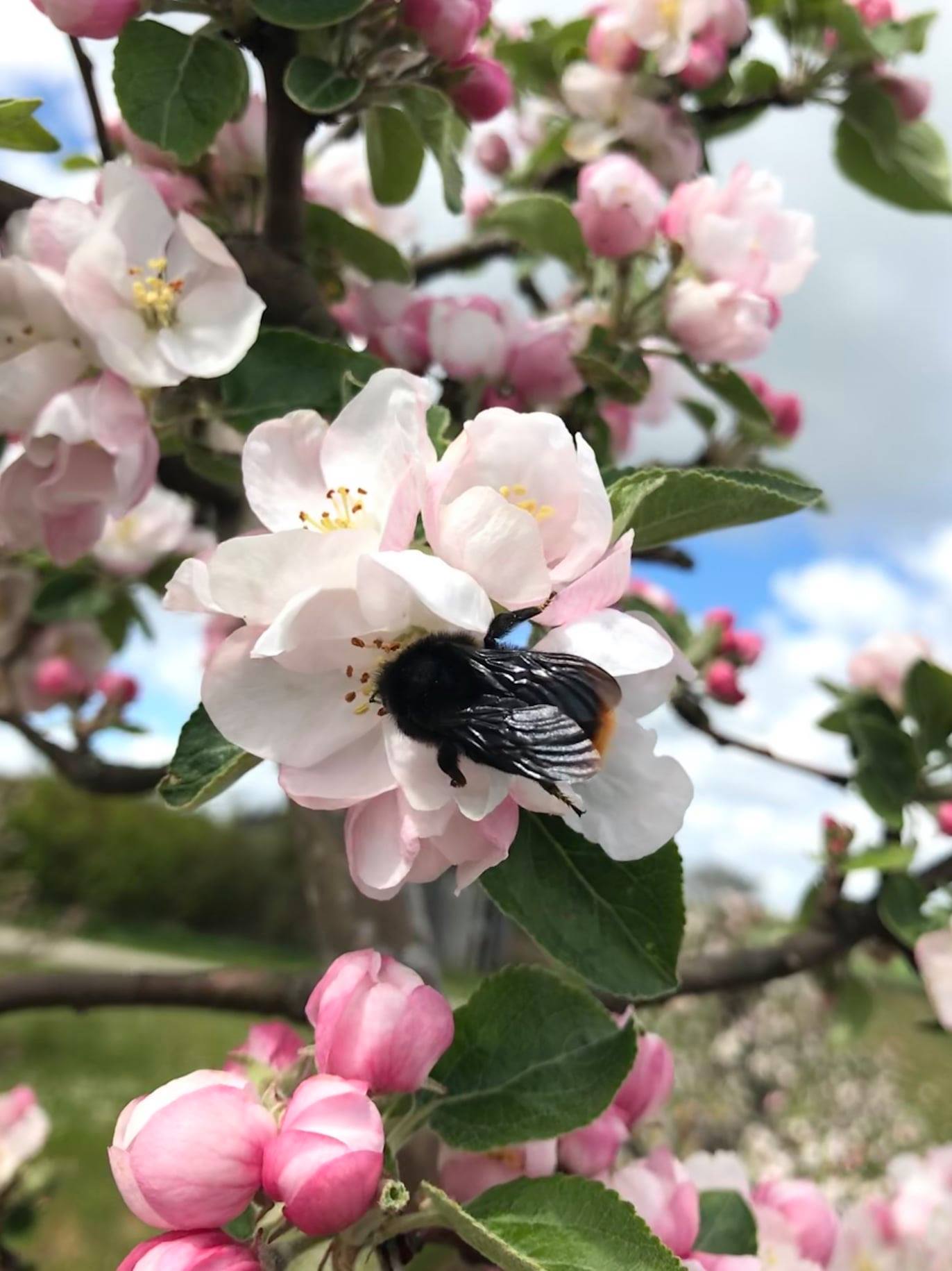
Having techniques to measure pollination levels and supply appropriate floral resources, products and services will generate meaningful economic gains. This will encourage and support more sustainable agroecosystems and embed consideration of pollinators into farm management practices. Other habitats in the landscape (low-input grassland, hedgerows and woodland) also contain flowering plants that are beneficial to pollinators and insect diversity and offer opportunities through appropriate management to increase floral resources at landscape scales.
Aims & Approach
The overall aim of BEESPOKE is to increase levels of pollinators and crop pollination at local and landscape scales by providing land managers and policy makers with the expertise, tools and financial knowledge to instigate bottom-up change.
Some key objectives are:
- Developing farmer friendly methods for measuring pollination and levels of pollinators.
- Developing a landscape modelling approach. Pollinators can be mobile moving across the landscapes between farms and therefore management at landscape scales is needed. An aim is to identify levels by which habitats can be improved for pollinators and then use the model to redesign farms/landscapes to increase levels of pollinators to match the demand for pollination. Outputs from the model will identify the amount of new habitat or extent of improvements to existing habitats needed to enhance pollination and pollinators.
- Using a series of meetings, reviews, economic analyses, surveys, and outputs from the demonstration studies, an aim is to provide recommendations on how to improve opportunities and increase uptake of pollinator enhancing habitats.
- As an extension to the project, whether or not environmentally friendly farming systems can benefit pollinators and whether further practices such as new flower-rich grassland seed mixes, novel crops and the value of arable plants (weeds) for pollinators are being investigated.
- There is an aim to create a longer legacy from the project via a new online tool for selecting appropriate wildflower mixes for local conditions, developing long-term management plans for flower mixes, and a new initiative to boost local wildflower seed production and create new potential income stream for farmers.
Project outputs
Bespoke seed mixes that address the needs of the specific crop have been developed and tested on farms so that their impact on pollination and pollinators can be measured. Seed mixes and habitat management guidelines produced support the suite of pollinators required for 14 crop types across 74 demonstration sites. Training in new methods for assessing levels of pollinators and pollination and in habitat management has been provided. Guides and videos have been developed to support these activities.
A landscape modelling approach was used to produce maps that predict levels of pollinators across existing NSR landscapes based upon the occurrence of different types of habitats and the likely levels of pollinators that they support. Correlations between the predicted levels of pollinators, actual levels as measured in crops, and subsequent levels of pollination have been sought and incorporated into the model.
